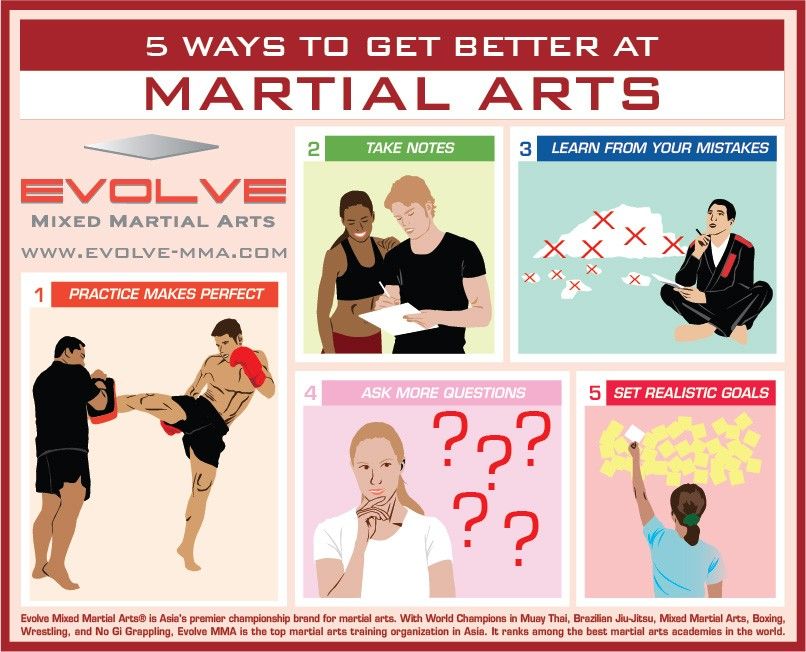The Development And Historical Value Of Martial Arts Across Different Societies
The Development And Historical Value Of Martial Arts Across Different Societies
Blog Article
Web Content By-Mortensen Graham
Martial arts have a fascinating background that extends centuries and continents. You may find it intriguing how ancient methods like Shuai Jiao and Kalaripayattu laid the groundwork for modern fight strategies. These techniques not only stress physical skills yet likewise mirror the societies that birthed them. As you explore their evolution, take into consideration how globalization has actually transformed these standard kinds right into hybrid styles. What influences do you believe have shaped today's martial arts landscape?
Ancient Martial arts: The Foundations of Battle
As you look into the world of ancient martial arts, you'll uncover the rich structures that formed fight methods throughout societies. Very early methods focused on Self-Defense and survival, often integrating strikes, hurting, and weaponry.
In ancient China, for example, strategies like Shuai Jiao stressed throws and joint locks, while India's Kalaripayattu showcased agility and liquid activity. tiger rock martial arts established Kenjutsu, a refined swordsmanship that highlighted technique and method.
premier martial arts international offered not just for fight yet also as a means of personal growth, instilling worths like regard and perseverance. The blending of these strategies over time laid the groundwork for the varied martial arts you see today, each reflecting the unique philosophies and requirements of its society.
The Social Impact on Martial Arts Growth
While martial arts frequently reflect the practical demands of a society, they also symbolize the cultural values and beliefs of their beginnings. When you check out various martial arts, you'll see exactly how they're influenced by religious beliefs, philosophy, and social norms.
For instance, the focus on respect and self-control in Japanese martial arts originates from Zen Buddhism and samurai culture. In contrast, Brazilian Jiu-Jitsu advertises versatility and approach, formed by the need for efficiency in a varied, multicultural atmosphere.
Suggested Website may discover that the rituals, uniforms, and training methods mirror an area's history and identification. By recognizing these cultural influences, you deepen your admiration of martial arts and their duty in shaping human experiences across the globe.
Modern Adaptations and the Globalization of Martial arts
Martial arts have transformed dramatically in recent decades, adapting to modern culture and global influences. You'll observe that standard forms have combined with modern-day techniques, creating hybrid styles like MMA. These adaptations accommodate varied target markets, making martial arts obtainable and appealing globally.
With the rise of social media and electronic systems, you can locate tutorials and competitions from all corners of the globe, breaking geographical obstacles. This globalization has actually brought about a shared recognition for different self-controls, from Brazilian Jiu-Jitsu to Taekwondo.
As you involve with these arts, you'll realize they're not nearly battle; they promote physical fitness, self-control, and psychological health.
Eventually, modern-day adaptations have improved the martial arts landscape, making it a dynamic and progressing method.
Verdict
In checking out the background and evolution of martial arts, you discover an interesting blend of techniques, cultures, and approaches. From ancient techniques like Shuai Jiao and Kalaripayattu to the contemporary versatility seen in MMA, martial arts mirror humankind's pursuit for Self-Defense and personal growth. As you involve with these techniques, you not only get abilities yet likewise a much deeper appreciation for the diverse traditions that form our world today. So, continue your trip and welcome the art of fight!
